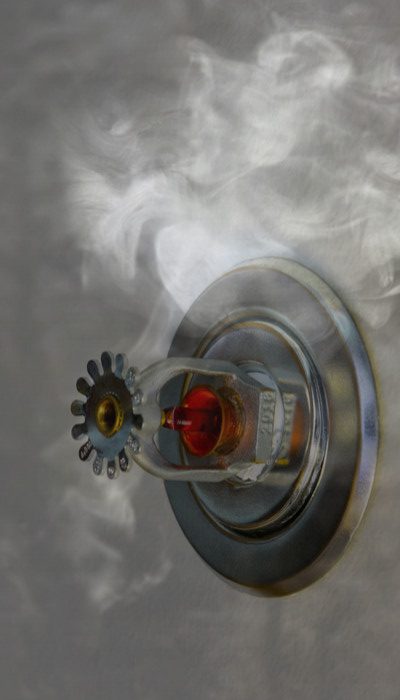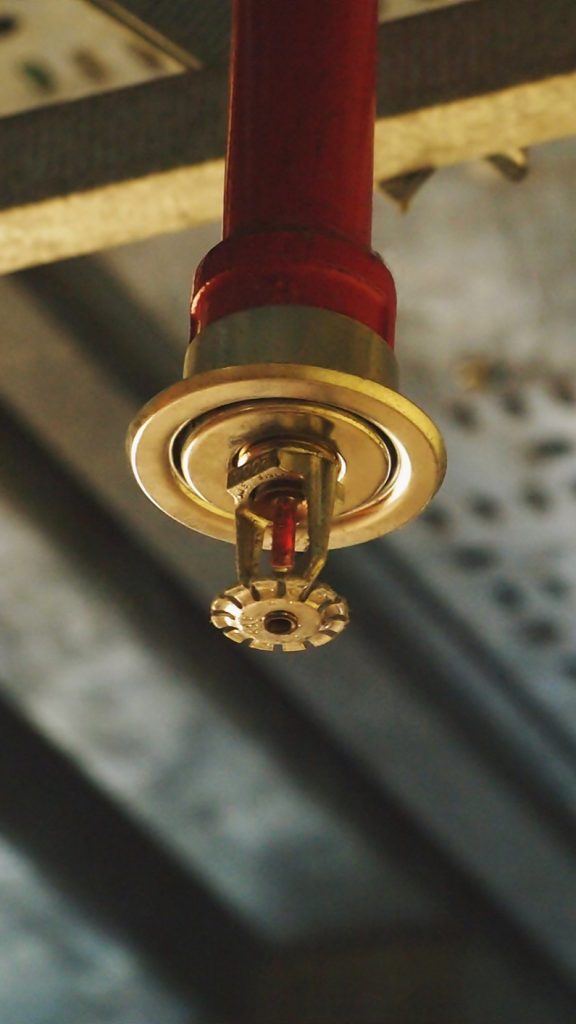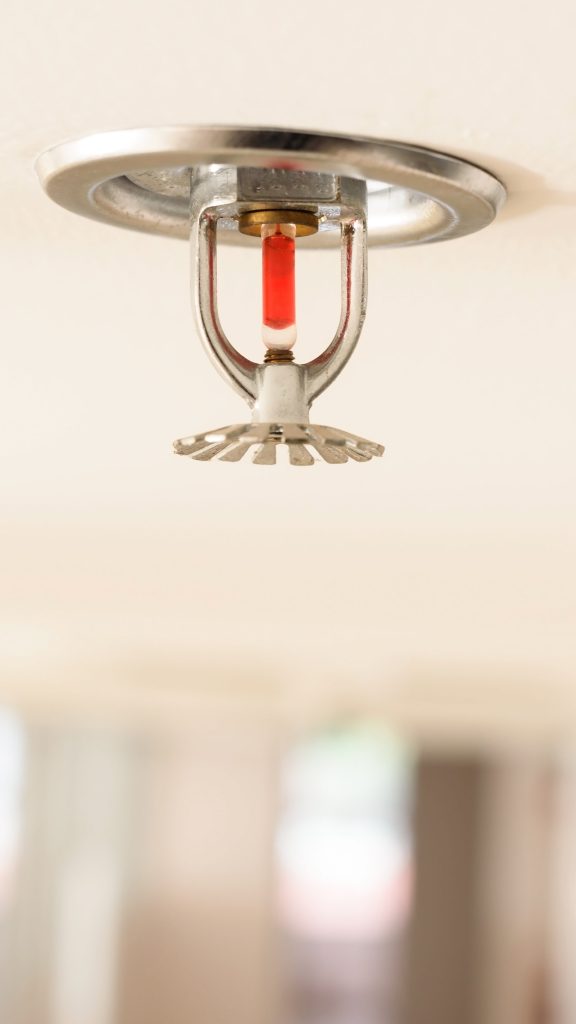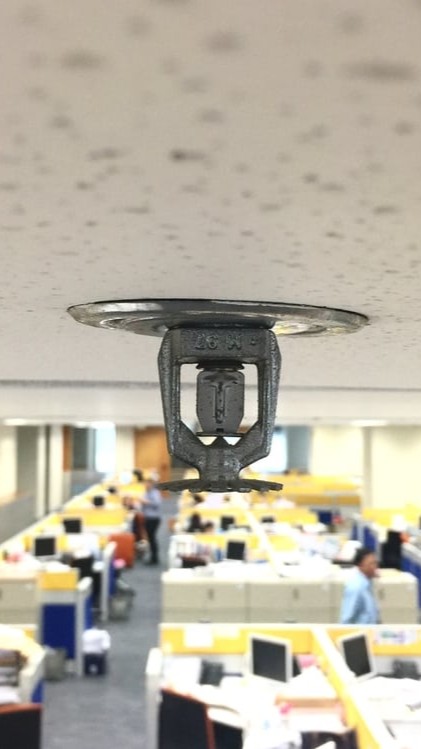The Truth About Fire Sprinkler Systems: Myths vs. Reality
Fire is one of the most destructive threats a building can face. It spreads rapidly, causes severe property damage, and poses a serious risk to lives. For these reasons, fire protection has become a critical aspect of modern building design. Yet, despite the many advancements in fire safety systems, misconceptions about fire sprinklers remain widespread — largely due to how they are portrayed in movies and TV shows.
We’ve all seen those dramatic scenes: A small spark triggers every sprinkler head in the building, soaking everything in sight — documents ruined, electronics destroyed, and people drenched from head to toe. This exaggerated image has led many property owners to believe that fire sprinklers cause more harm than good.
In reality, automatic sprinkler systems are far more precise and efficient than these fictional portrayals suggest. In this blog, we’ll clear up the most common myths about sprinklers, explain how they actually work, and reveal why fire protection engineers strongly recommend them as one of the most effective ways to safeguard your property.





